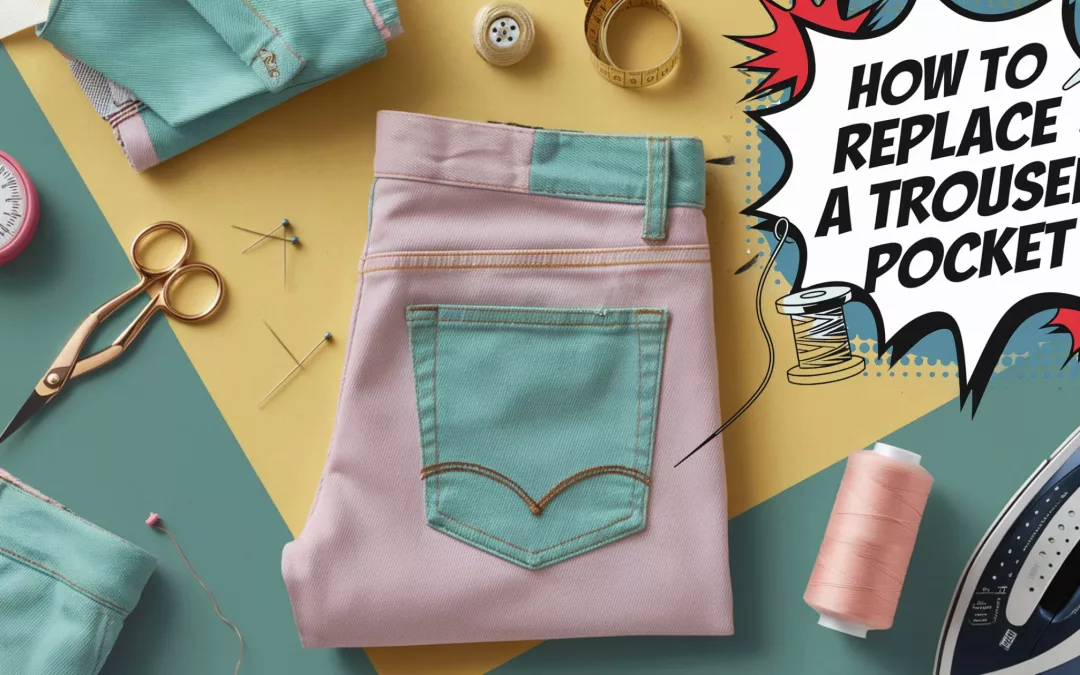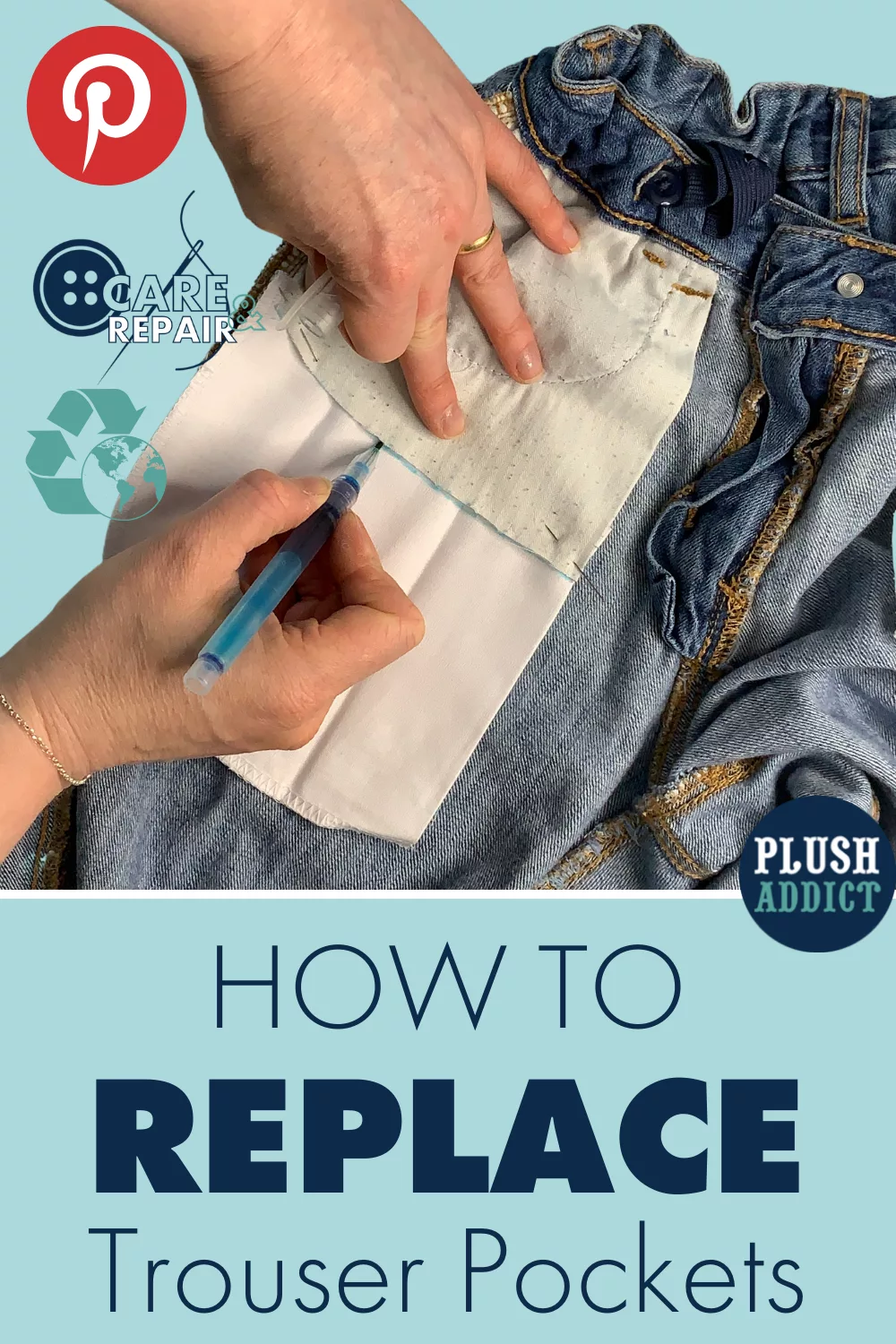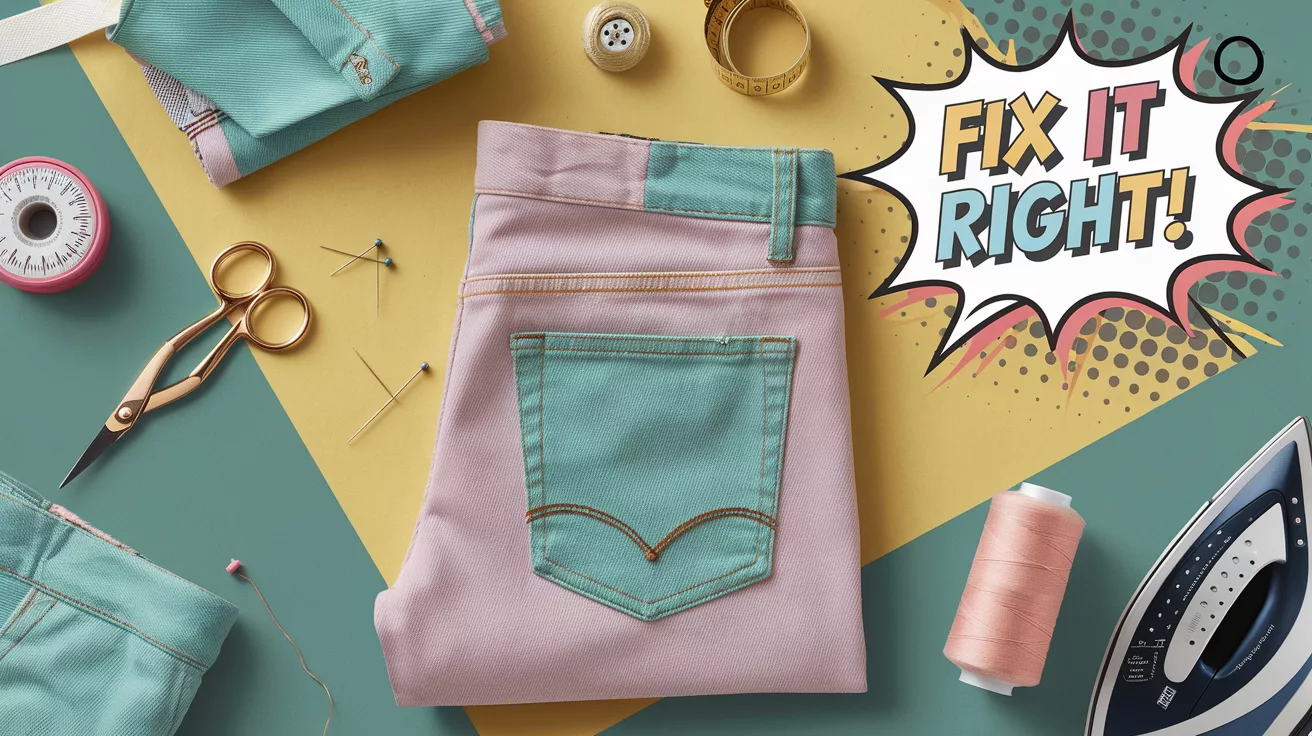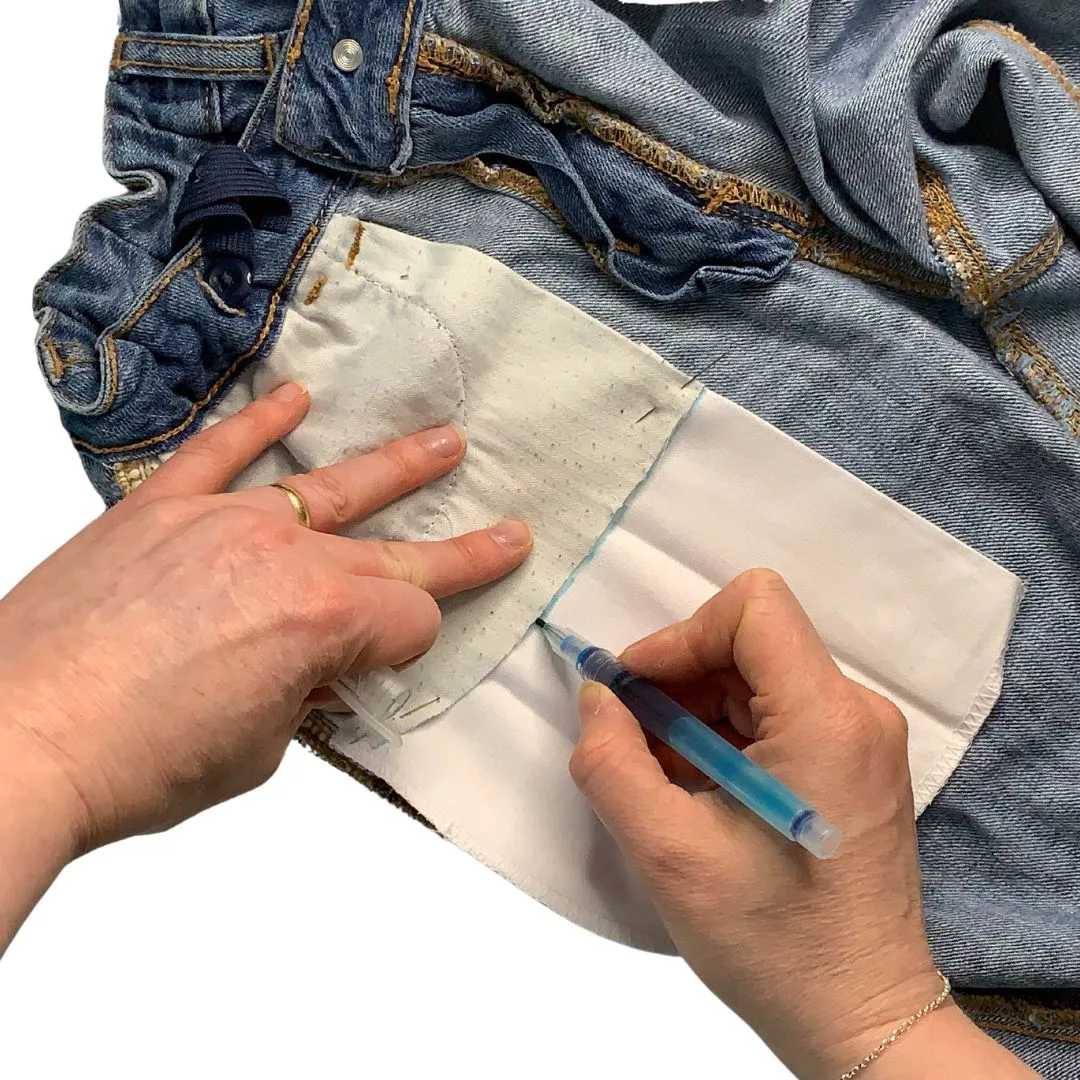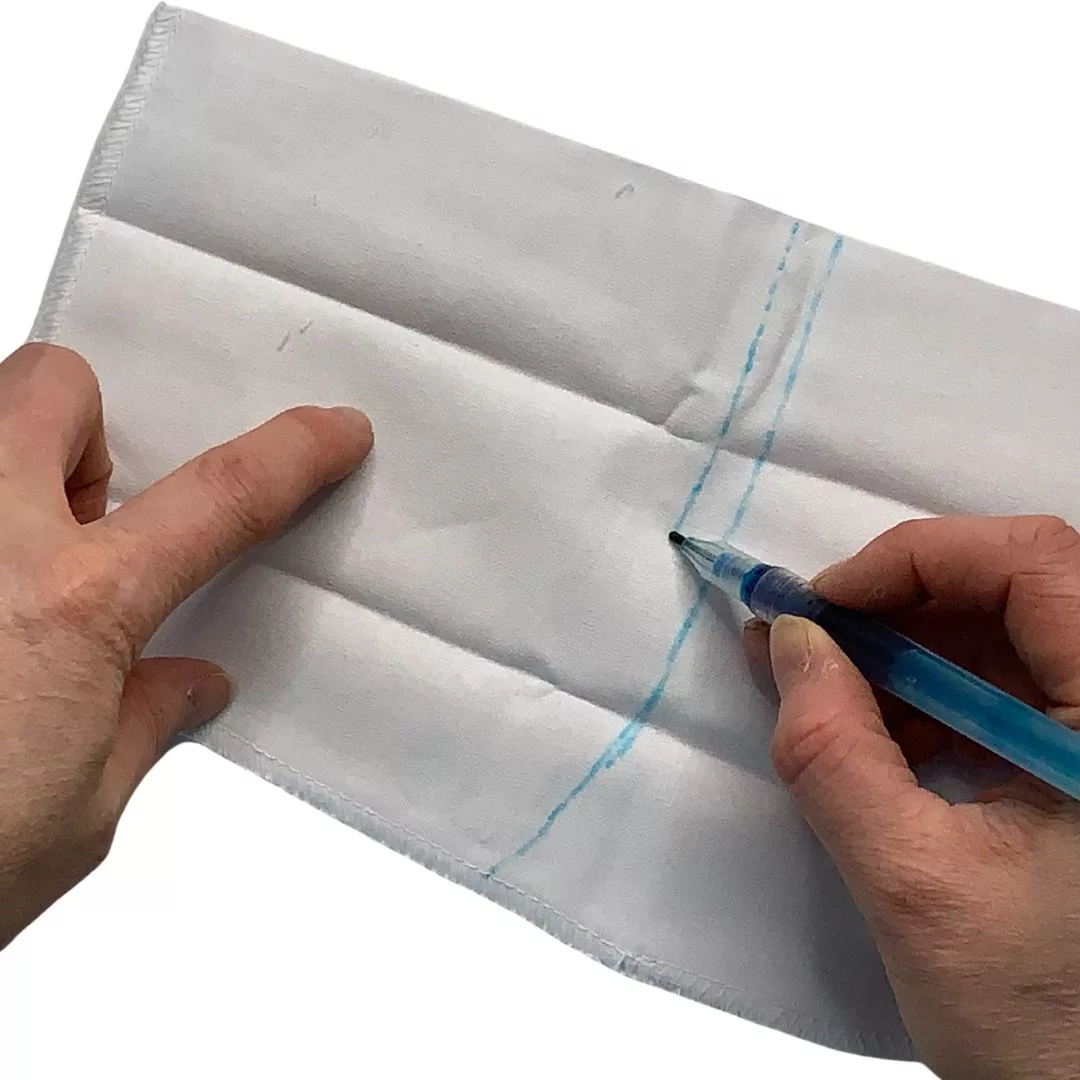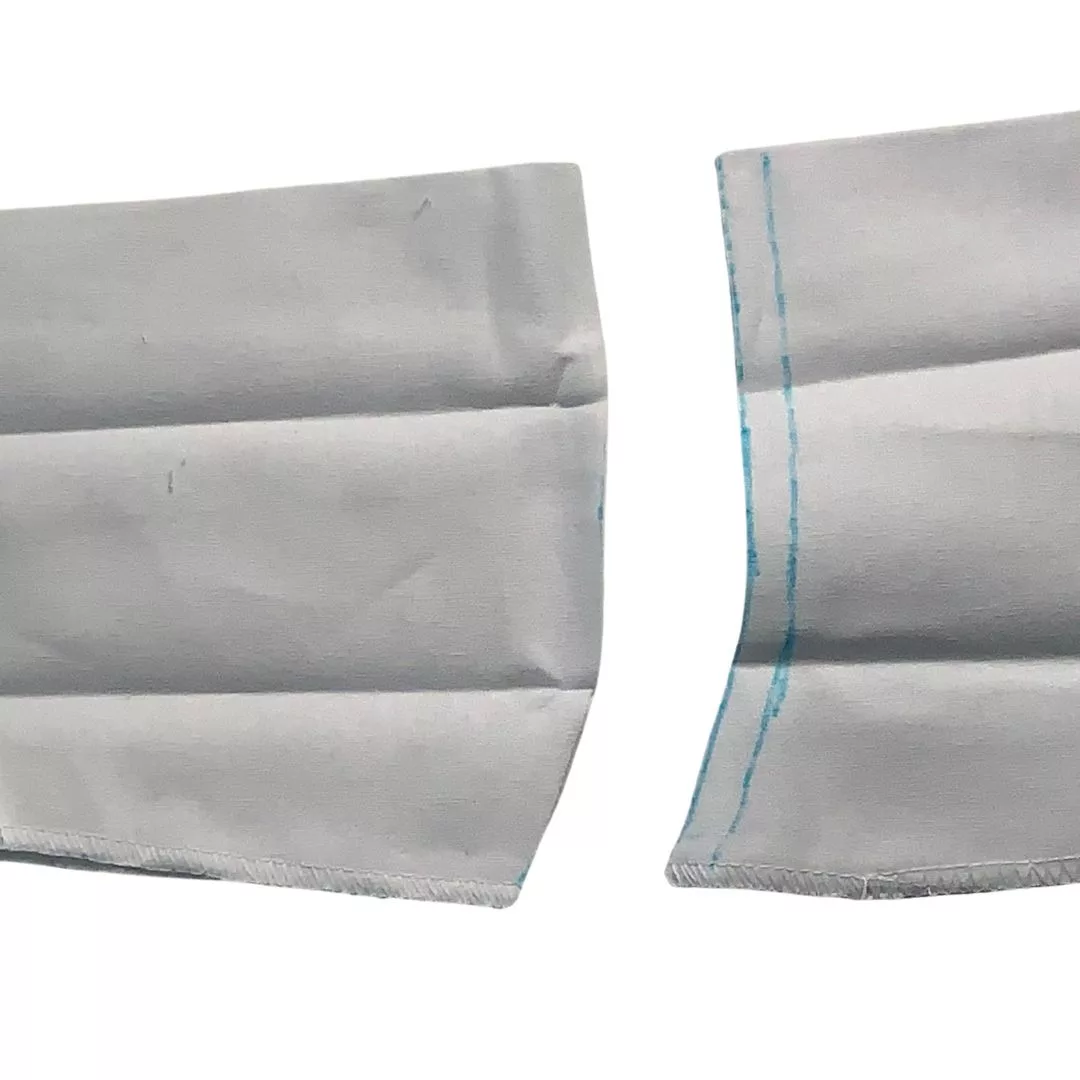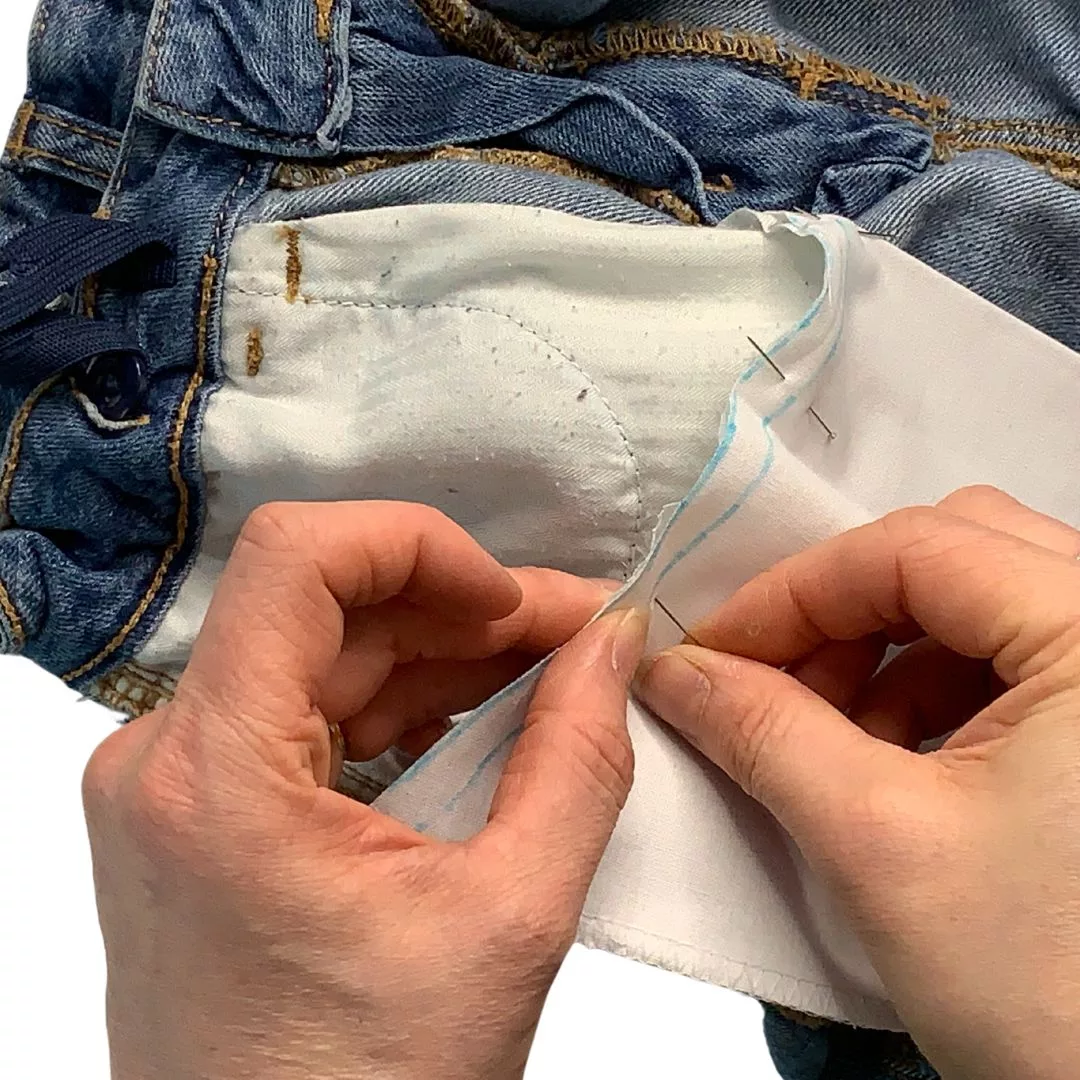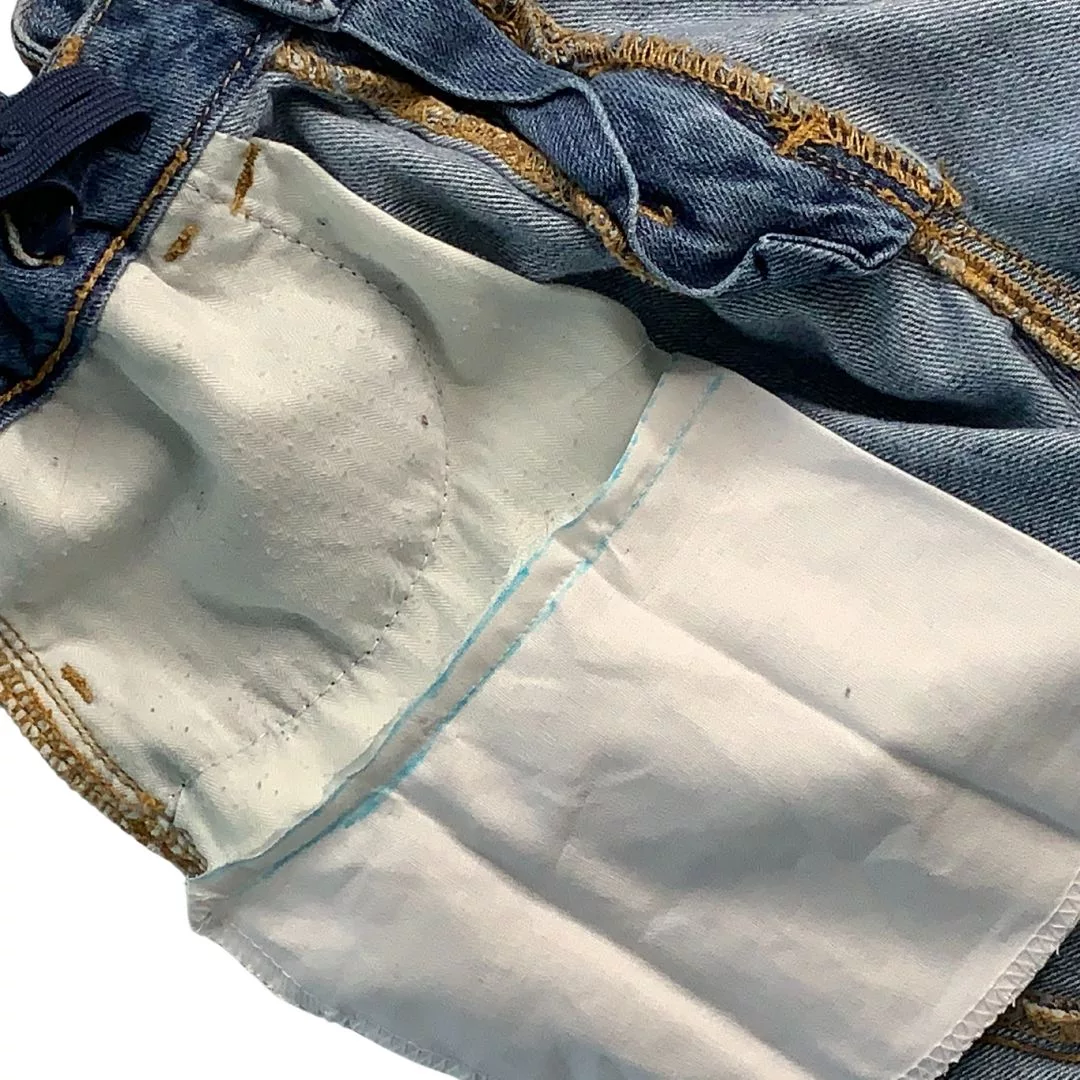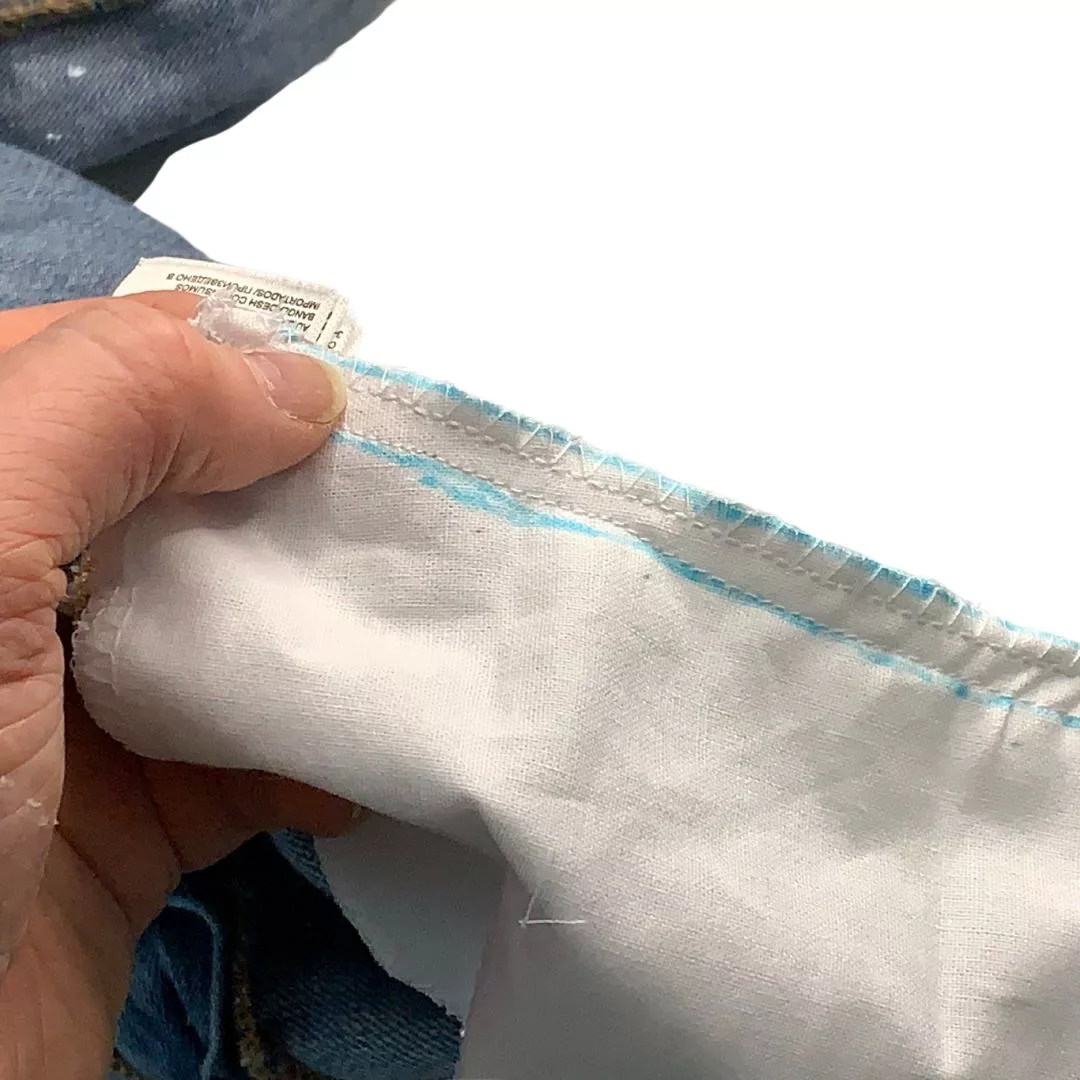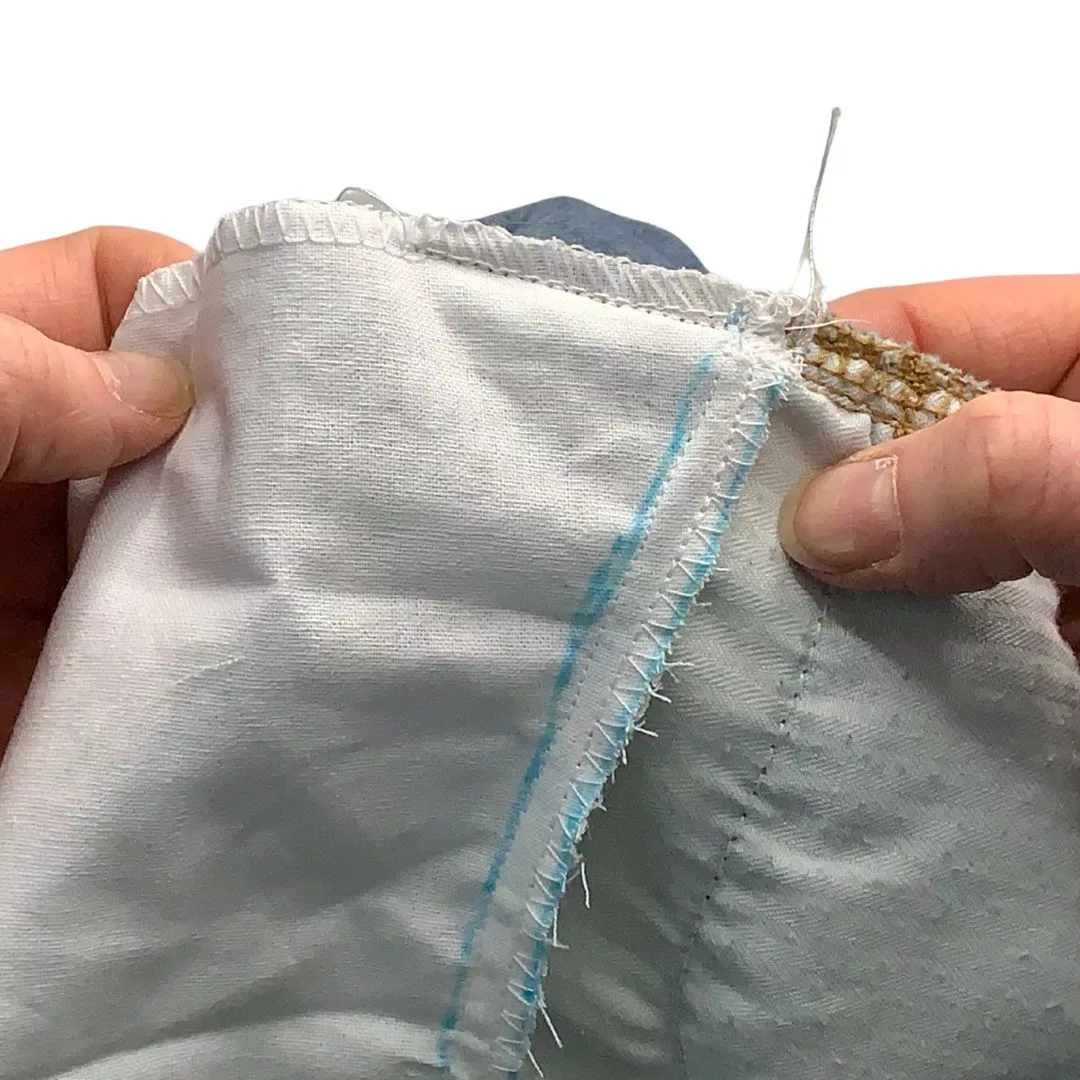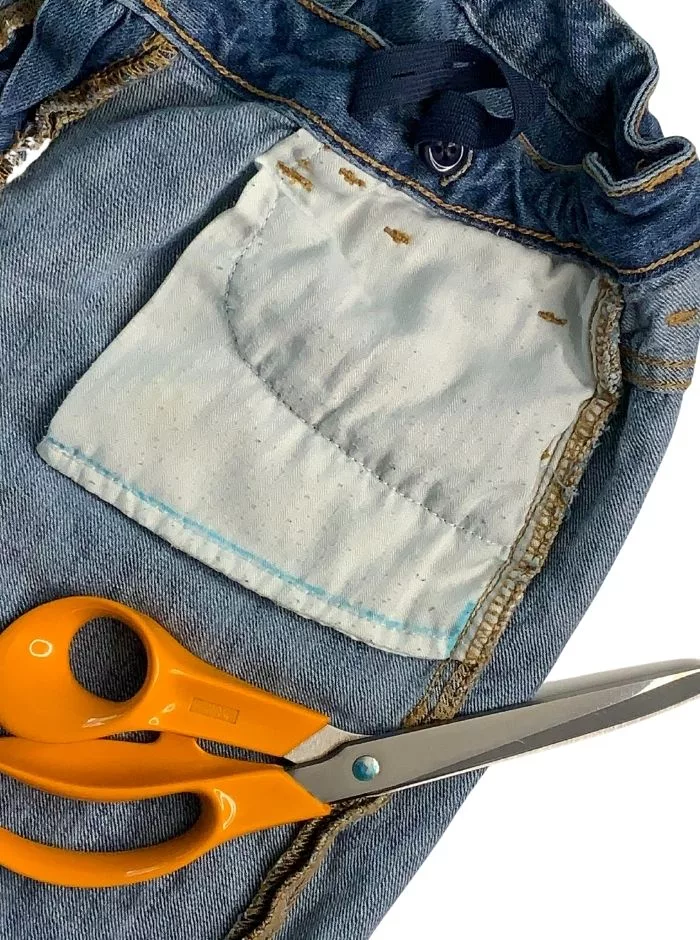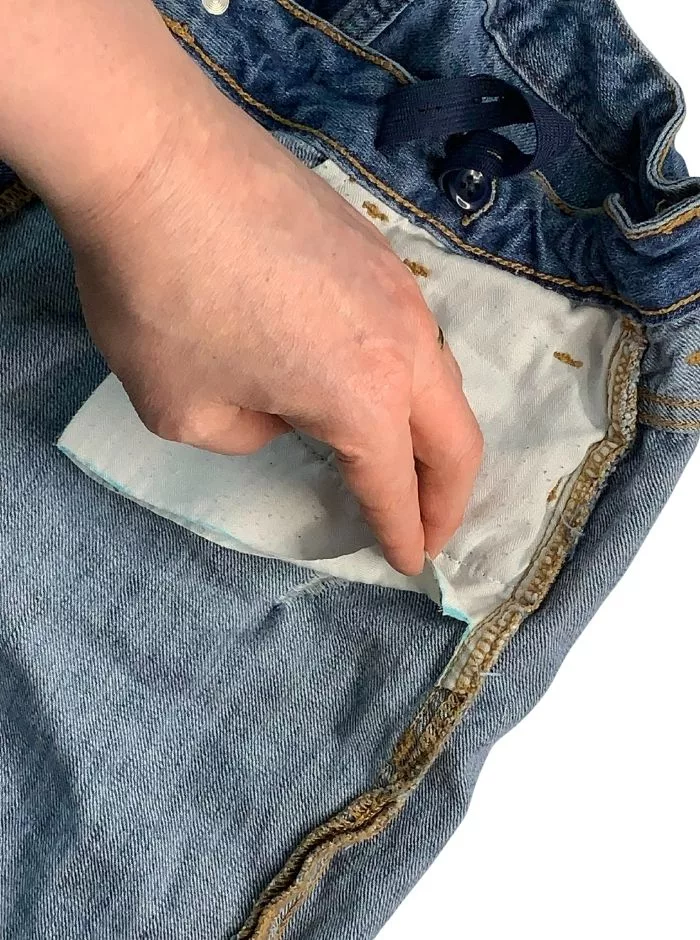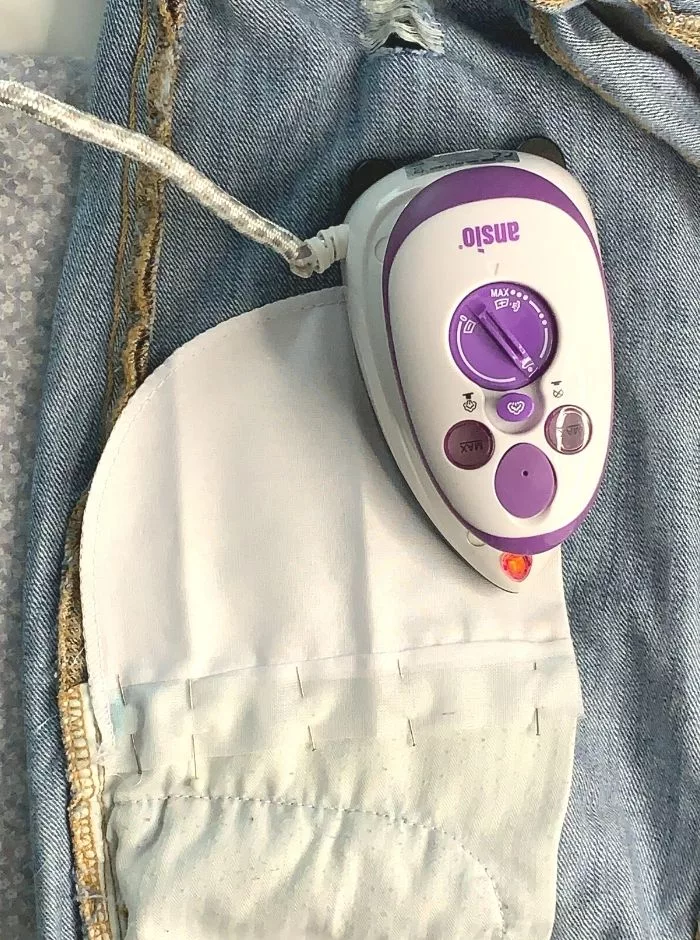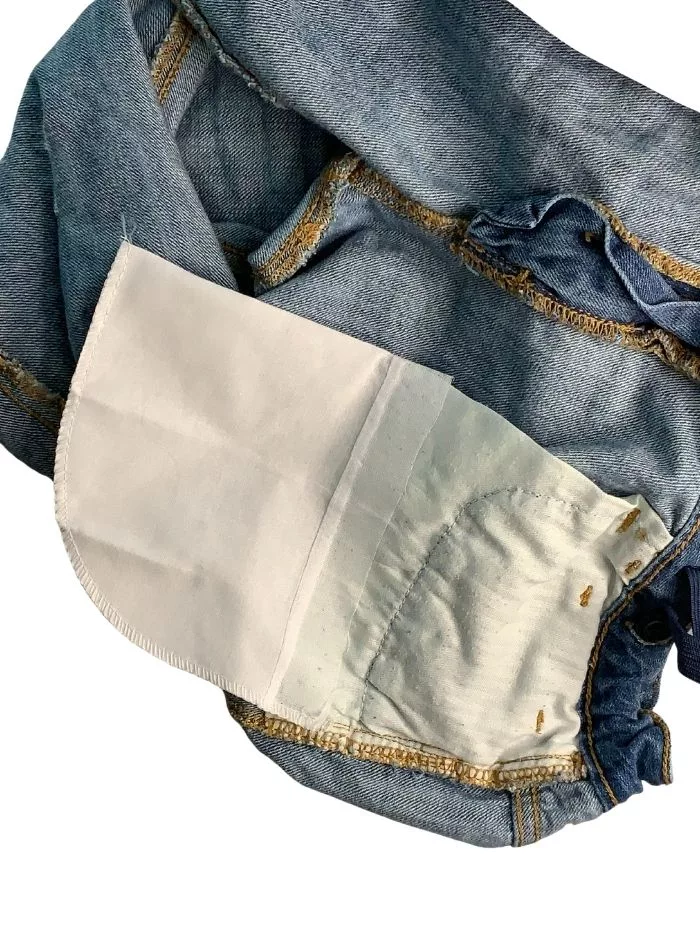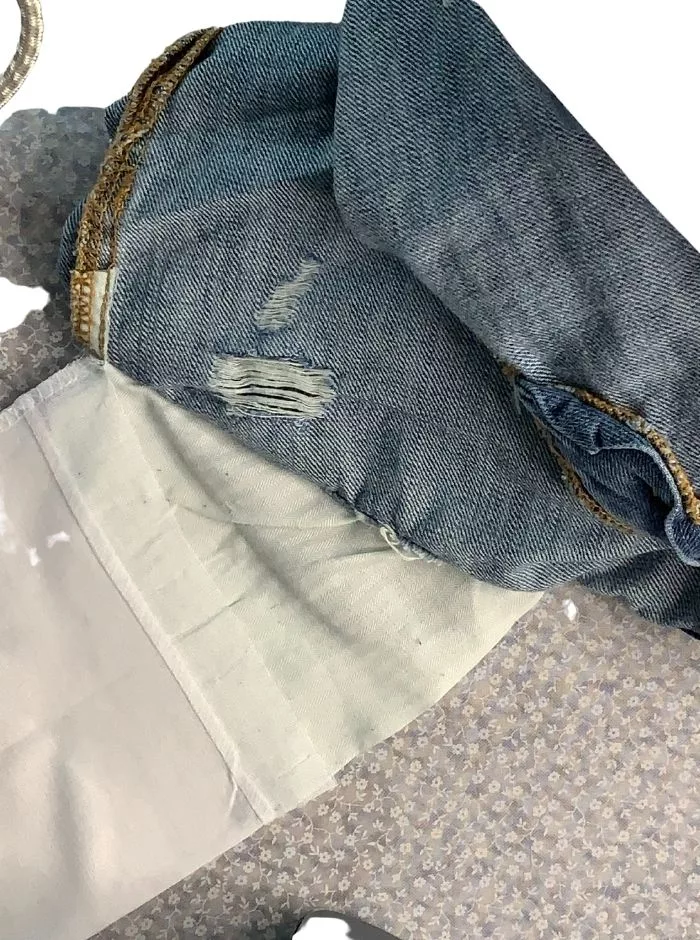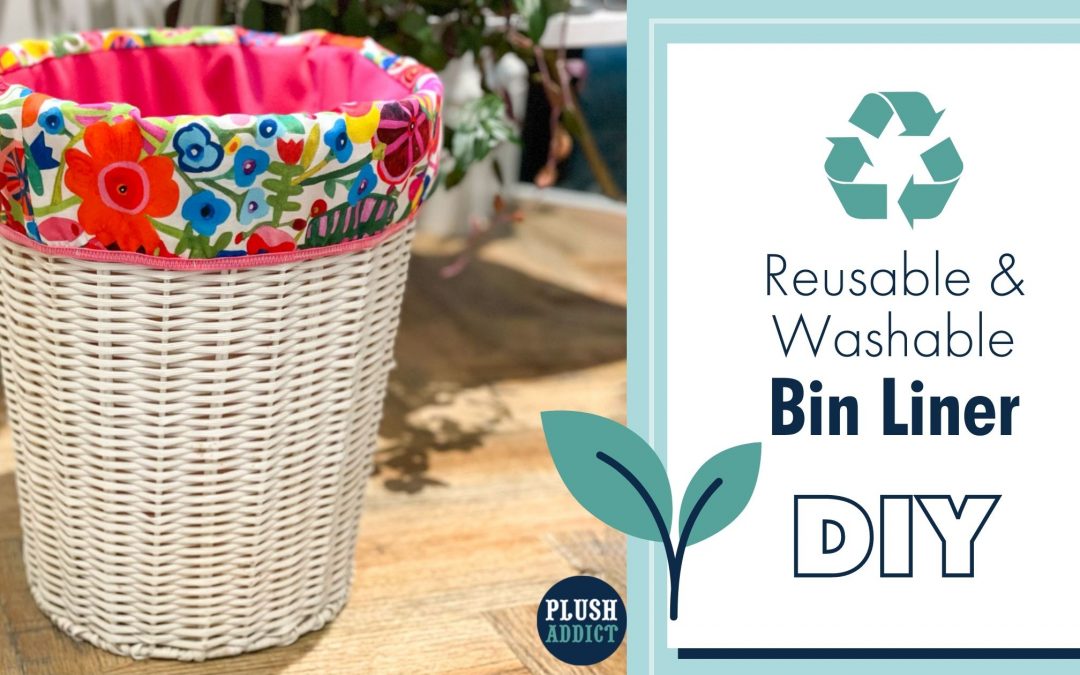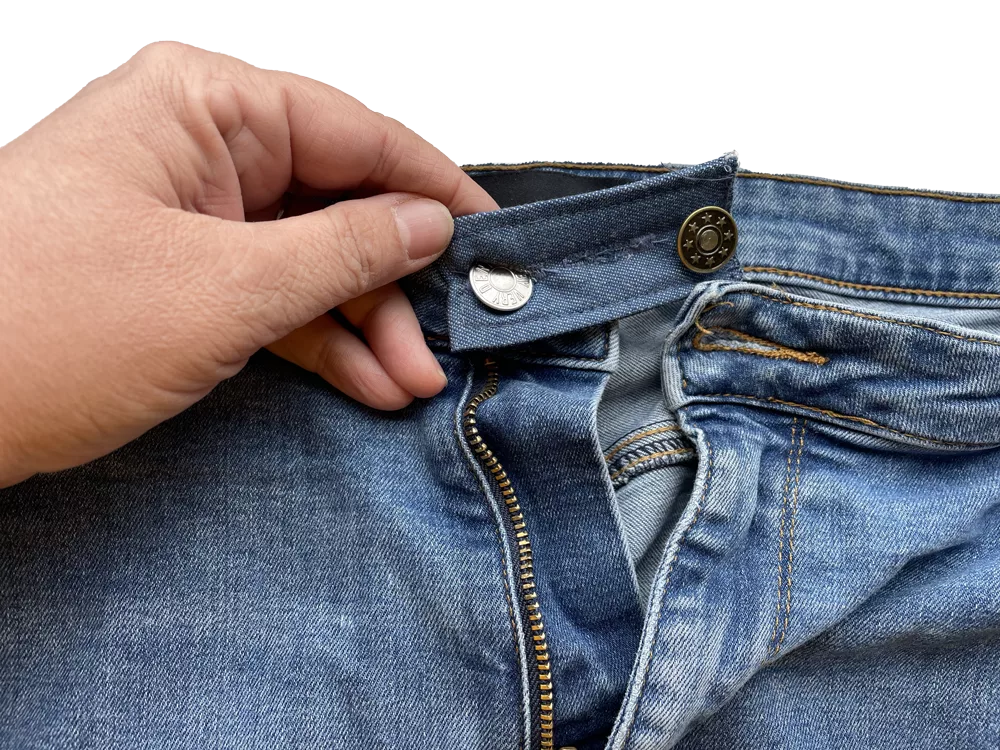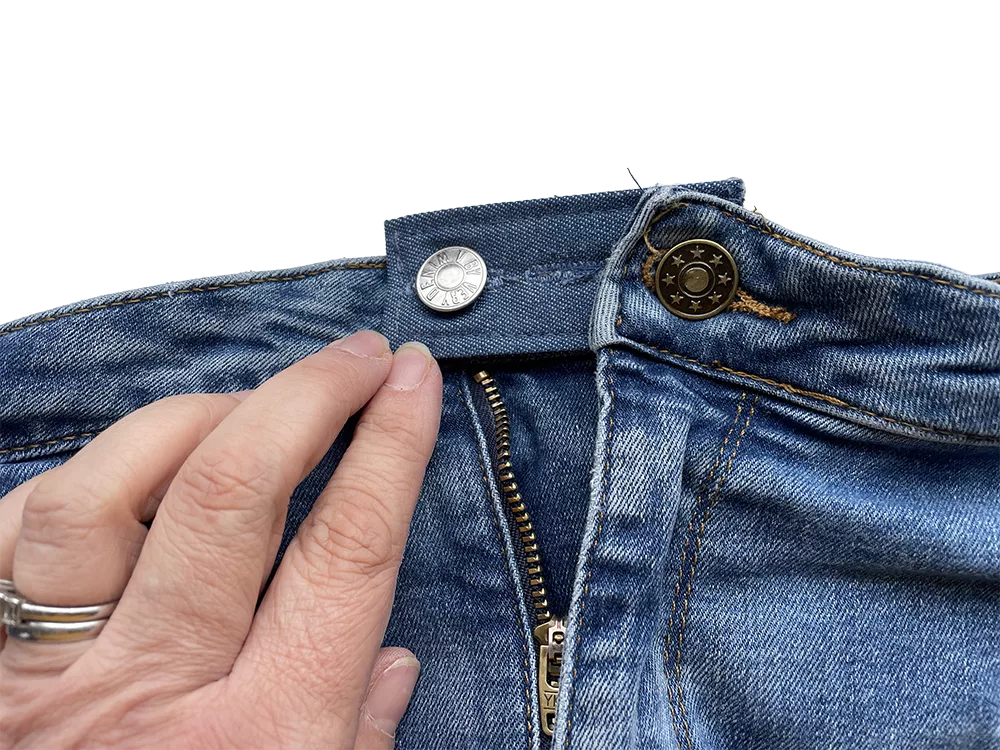
Free Peg Bag Pattern & Sewing Tutorial
by Kellie Rose | May 30, 2022 | Project Ideas, Sustainable Sewing, Tutorials
Our "Free Peg Bag Pattern & Sewing Tutorial" provides a detailed guide to crafting a practical and stylish peg bag. Designed for confident beginners, this project takes approximately an hour to complete and results in a 30cm x 30cm bag (excluding the coat hanger). The tutorial includes a free downloadable pattern, a list of required materials—such as 40cm of cotton fabric for both the exterior and lining, 1m of 25mm bias binding, and an optional ODIF Odicoat fabric coating gel for water resistance—and step-by-step instructions. By following this guide, you can create a functional accessory to keep your clothespins organized, making laundry tasks more efficient and enjoyable.
This post will be updated soon, please check back shortly

